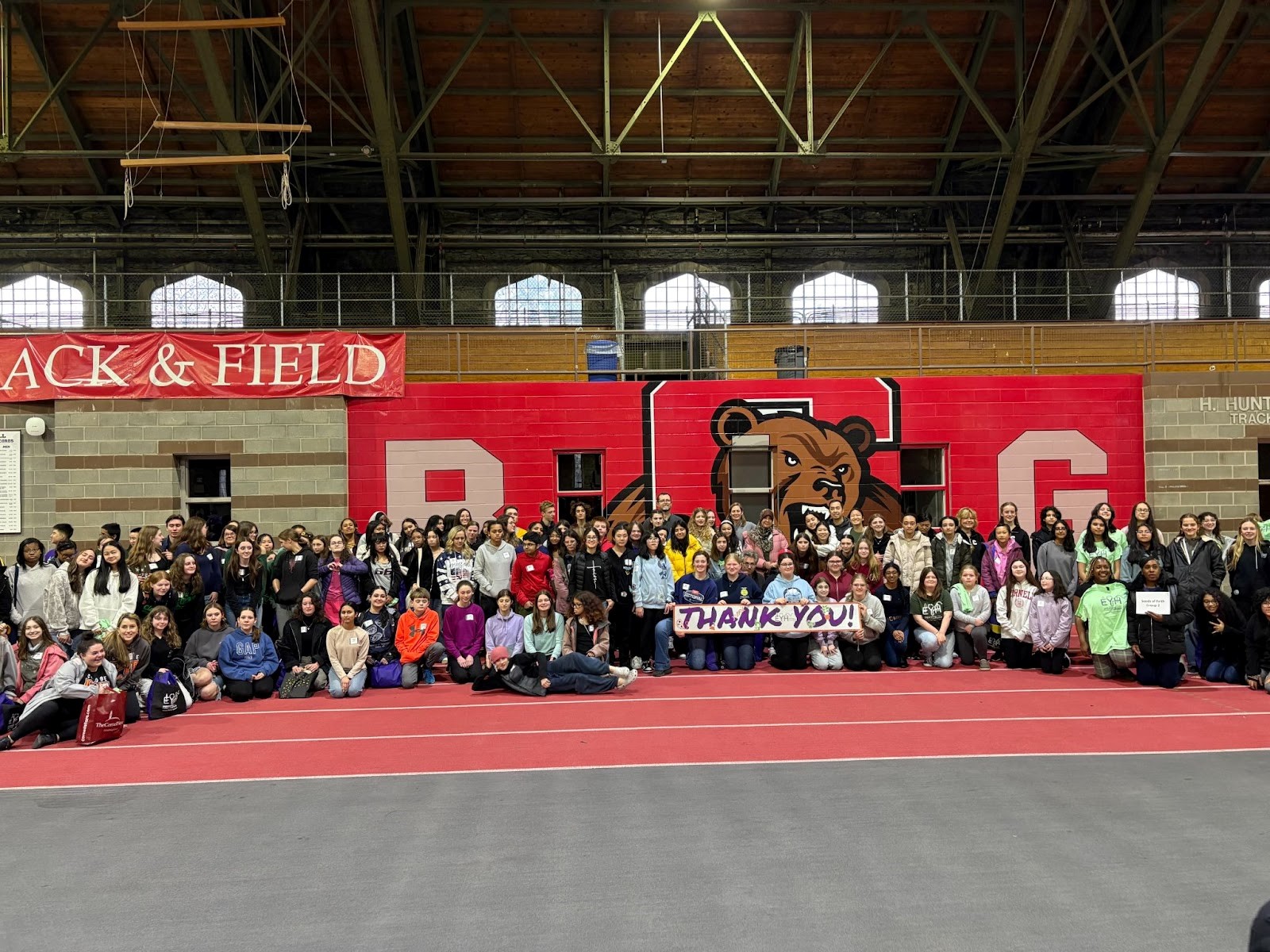Over the course of recent decades, many individuals and couples have tended to delay childbearing and have fewer children as compared to previous generations, and this has placed a greater focus on reproductive aging and its consequences. Because reproductive function begins to decline at a much younger age in women than in men, reproductive aging in females draws greater attention. The idea that females run out of eggs isn’t completely inaccurate, but it far too simplistic. Aging-associated decline in oocyte quality is a critical factor in reproductive aging, but the causes of this decline and the means to prevent it remain to be elucidated. Recent advances and insights have stimulated research to look beyond the oocyte and include interrogations of the egg’s surroundings, including the somatic cells and extracellular matrix that lie outside of ovarian follicles. The roles of inflamm-aging of the ovary and fibrosis of its stroma are relatively new topics for discovery in the fields of aging and deteriorating oocyte quality. And new animal models are under development and being used by CoRe members to determine whether the attenuation of inflamm-aging and ovarian fibrosis maintain oocyte quality into later ages. Owing to their exceptionally long reproductive lifespan and apparent lack of aging-associated declines in fertility and fecundity, female naked mole-rats are the subjects of CoRe investigations because their natural anti-aging strategies might be translatable to the human condition. If declines in egg (and sperm) quality can be delayed for just a decade, the impacts on individuals, couples and society would be profound.



